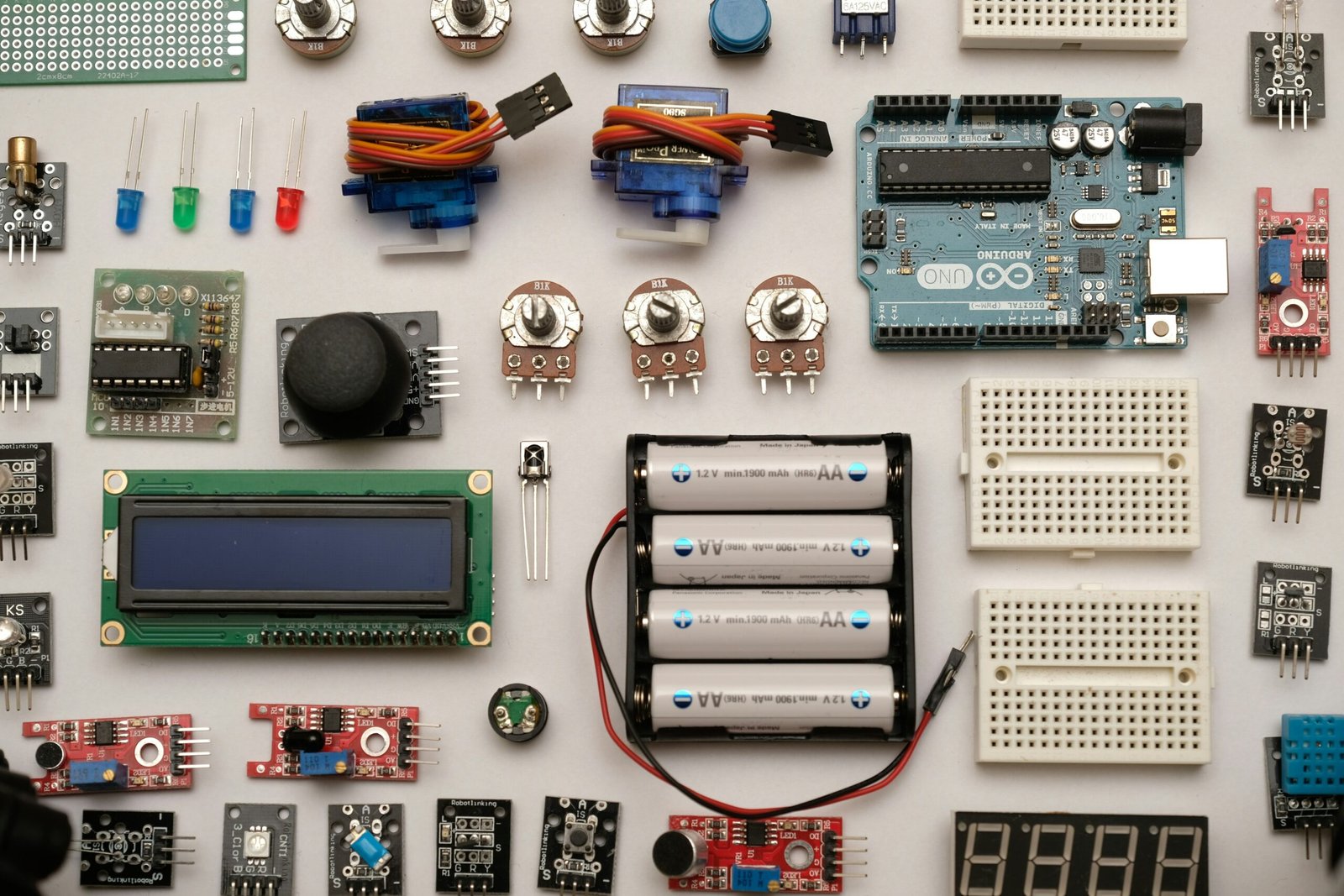The Internet of Things (IoT): A Revolution in Connectivity
The Internet of Things (IoT) has become a buzzword in recent years, and for good reason. It represents a major shift in the way we interact with technology and the world around us. In this blog post, we will explore what the IoT is, how it works, and the potential benefits and challenges it presents.
What is the Internet of Things?
The Internet of Things refers to the network of physical devices, vehicles, appliances, and other objects that are embedded with sensors, software, and connectivity, allowing them to collect and exchange data. These devices can range from simple everyday objects like thermostats and light bulbs to more complex systems like self-driving cars and industrial machinery.
The IoT is built on the idea of connecting these devices to the internet, enabling them to communicate with each other and with us. This connectivity allows for the seamless exchange of information and the automation of various tasks, making our lives more convenient and efficient.
How Does the Internet of Things Work?
The IoT is made possible through a combination of hardware, software, and connectivity. At its core, it relies on sensors, which are embedded in the devices and objects that make up the IoT network. These sensors collect data, such as temperature, motion, or location, and transmit it to a central hub or cloud server.
Once the data is collected, it can be processed and analyzed using various algorithms and machine learning techniques. This allows for the extraction of valuable insights and the generation of useful actions or recommendations. For example, a smart thermostat can learn your temperature preferences and adjust itself accordingly, saving energy and improving comfort.
Connectivity is a key component of the IoT. Devices in the network need to be able to communicate with each other and with the internet. This is typically achieved through wireless technologies like Wi-Fi, Bluetooth, or cellular networks. The choice of connectivity method depends on factors such as range, power consumption, and data transfer speed.
The Benefits of the Internet of Things
The Internet of Things has the potential to revolutionize many aspects of our lives. Here are some of the key benefits it offers:
1. Increased Efficiency and Convenience
By connecting devices and enabling them to share data, the IoT can automate processes and make them more efficient. For example, a smart home system can automatically adjust lighting and temperature settings based on occupancy and time of day, saving energy and improving comfort. Similarly, connected cars can provide real-time traffic updates and suggest alternate routes, saving time and reducing congestion.
2. Improved Safety and Security
The IoT can enhance safety and security in various ways. For instance, connected surveillance cameras can provide real-time monitoring of homes or businesses, alerting owners to potential threats. Smart locks and security systems can be remotely controlled and monitored, providing peace of mind and deterring burglars. In industrial settings, IoT-enabled sensors can detect and prevent equipment failures, reducing the risk of accidents and downtime.
3. Enhanced Healthcare and Well-being
The IoT has the potential to transform healthcare by enabling remote patient monitoring, personalized treatment plans, and early detection of health issues. Wearable devices like fitness trackers and smartwatches can collect data on vital signs and physical activity, helping individuals take control of their health. Connected medical devices can transmit real-time data to healthcare professionals, allowing for timely interventions and improved patient outcomes.
The Challenges of the Internet of Things
While the Internet of Things offers numerous benefits, it also presents several challenges that need to be addressed:
1. Privacy and Security Risks
As more devices become connected, the amount of data being collected and transmitted increases exponentially. This raises concerns about privacy and data security. Unauthorized access to sensitive information or control over connected devices can have serious consequences. It is crucial for IoT systems to implement robust security measures, such as encryption and authentication, to protect against cyber threats.
2. Interoperability and Standardization
The IoT ecosystem is highly fragmented, with numerous manufacturers and platforms. This lack of interoperability and standardization can hinder the seamless integration and communication between devices. Efforts are underway to establish common protocols and frameworks that enable devices from different vendors to work together, ensuring a more cohesive and user-friendly IoT experience.
3. Scalability and Infrastructure
As the number of connected devices continues to grow, the scalability of IoT systems becomes a challenge. The infrastructure required to support the massive influx of data and devices needs to be robust and reliable. This includes not only the physical network infrastructure but also the cloud servers and data centers that process and store the data. Investments in infrastructure and bandwidth are essential to ensure the smooth operation of the IoT.
Conclusion
The Internet of Things holds immense potential to transform the way we live, work, and interact with technology. By connecting devices and enabling them to communicate and share data, the IoT offers increased efficiency, convenience, safety, and well-being. However, it also presents challenges in terms of privacy, security, interoperability, and scalability. As the IoT continues to evolve, it is crucial to address these challenges and ensure that it is built on a foundation of trust, reliability, and user-centric design.

